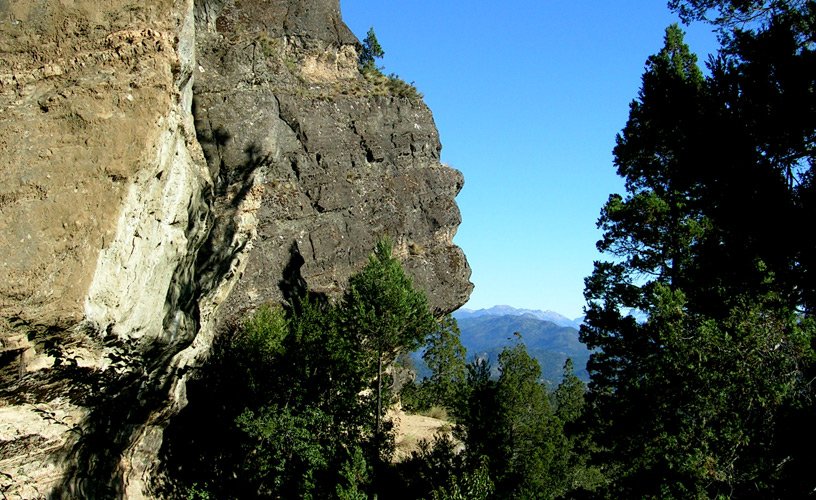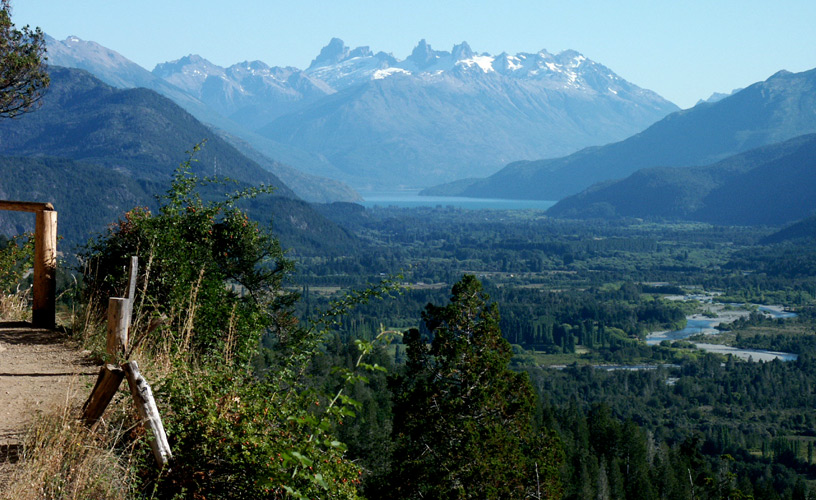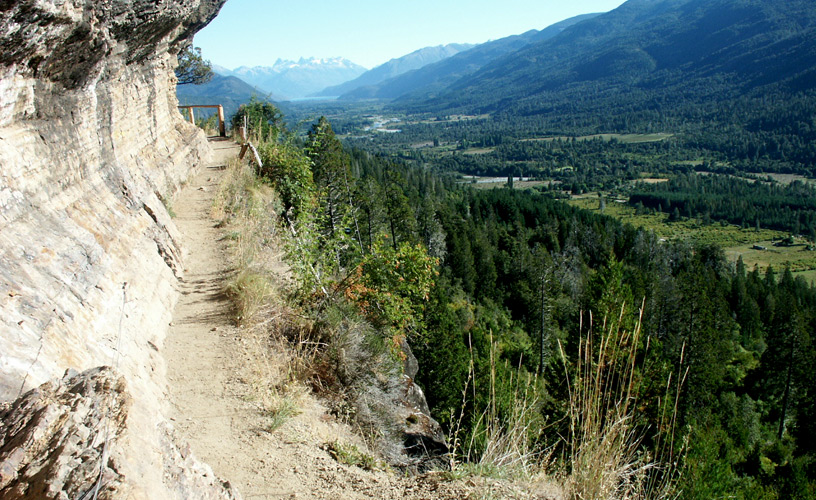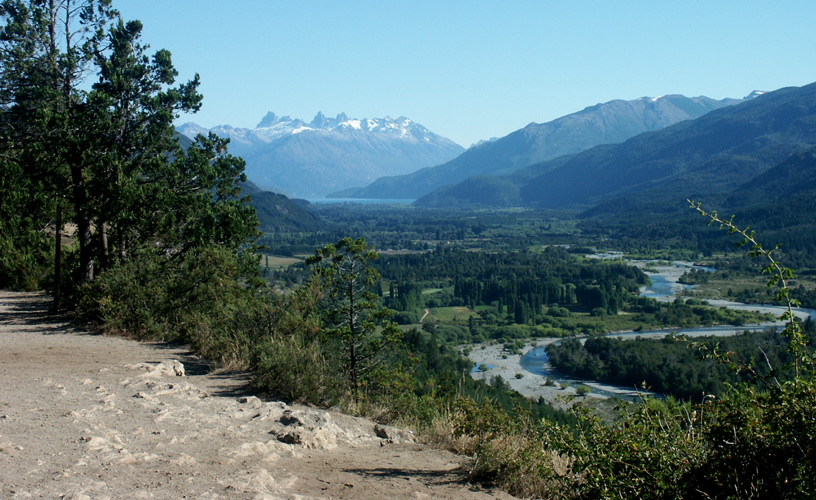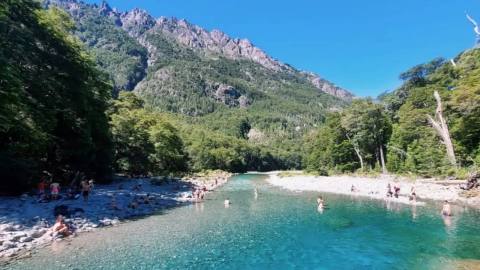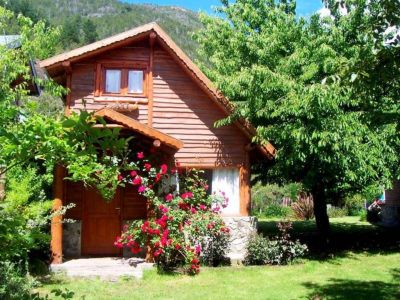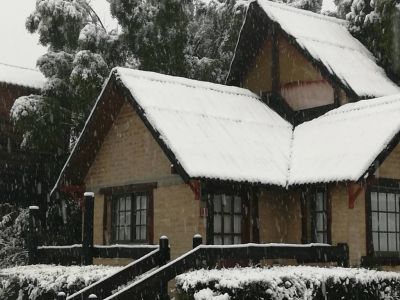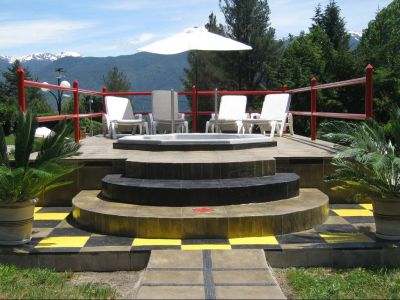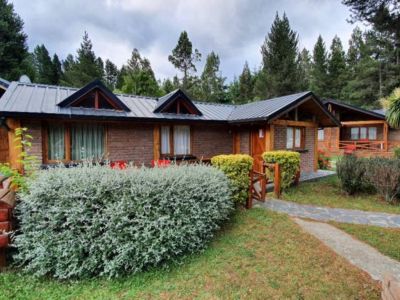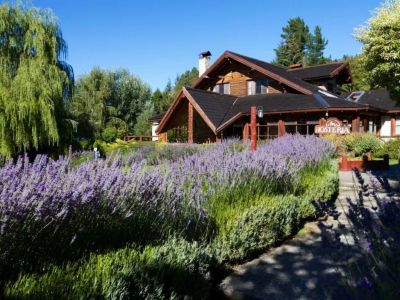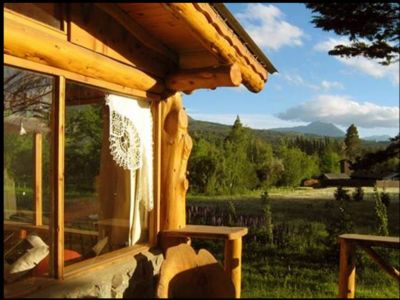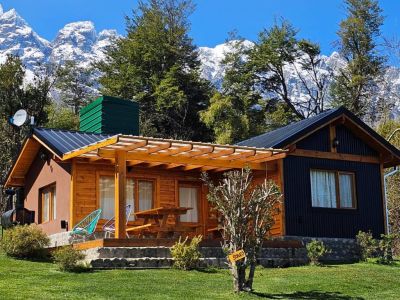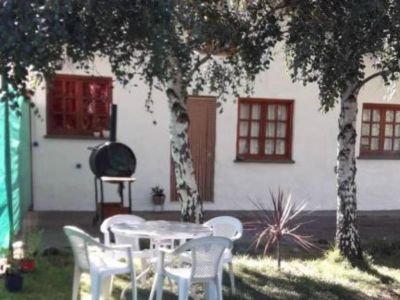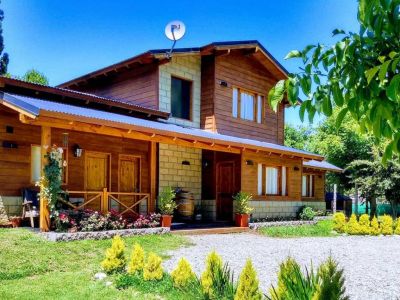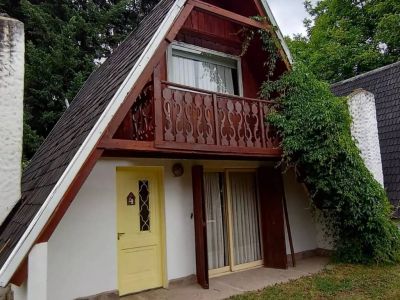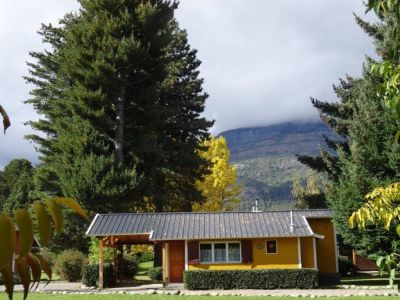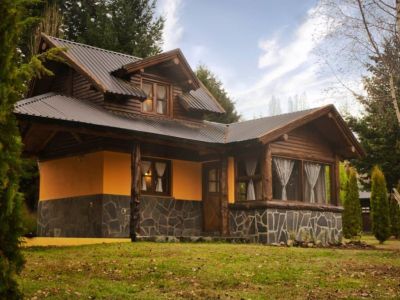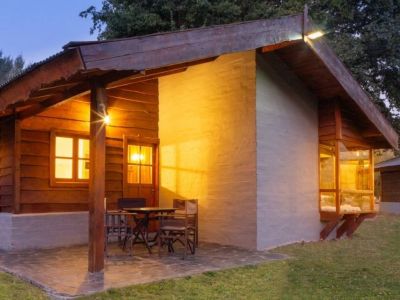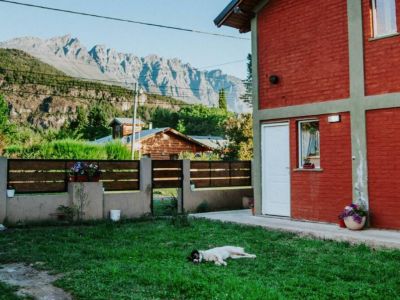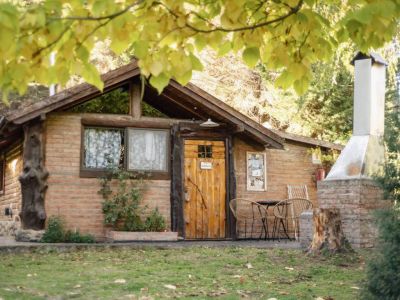“An Indian head!?”– Those words, a mixture of amazement and disappointment, were the ones I uttered in the middle of the after dinner chat at Jauja restaurant, when some tourists who had just arrived in the place were talking about how fantastic it had been to watch it.
Apologizing for the sudden interruption of their conversation and with an inquiring tone, I asked again: What is that about the Indian head?”
Smiling, the two Germans that spoke pseudo-Spanish, but that made themselves quite clear, managed to provide an explanation about “that thing” that caught my attention in such a way.
“At a few kilometers from here, you will be able to watch an indigenous profile carved in rock by Mother Nature”, –the foreign tourist gently said, and with a friendly tone continued to give me the directions to reach such place.
A little calmer, after the conversation since, to be frank, I had thought about anything but a rocky formation, I resolved to go and see it and find out if the contour of the face of the supposed aborigine was so perfect as I had heard.
Riding on the Tracks of the Past
Stepping aside from the hiking routine, I found out about alternative ways of reaching the area. The most convincing one was to go around the area on a creole horseback. The road promised winding paths, forests, viewpoints and, of course, the “Indian head”.
Heading for the Mountains
After arranging the last details at the tourist agency, I met Miguel, the young eighteen-year- old local guide who would take me to the so longed destination.
Very early, we left from El Bolsón town center riding on two beautiful mares, one with sorrel coat and the other with tobiano coat. My mare was called Lavandina (bleach), in reference to its white spots. With a loose mouth and “somewhat crazy” as Miguel called her, she did not take an instant to start trotting once you loosened its reins.
Heading westwards, straight along Azcuénaga Street, we crossed the bridge over the Quemquentreu River. We passed by the Usina neighborhood and rapidly took the road that would lead us to the Loma del Medio, panoramic point halfway through the excursion circuit.
“As it was a special occasion, we have something new to use today” –the guide said pointing at the apron, the saddle and the trappings that were part of the austere riding harnesses. The truth is that for this kind of horse-riding excursion the best thing is to use this kind of trappings, instead of an English saddle, due to the unevenness of the ground.
Suddenly, we went away from the path and got to a rubble road. Before I could make myself comfortable in the open environment, an impressive panoramic view got hold of my senses. The splendor of the Azul River valley, with all its magnificence, and their shiny colors, left both tourists and guides speechless.
From that point, we could appreciate the meandering river with its crystal clear waters to its end into Lake Puelo, the Tres Picos, Motoco and Lindo Mounts, and on the very West, we could see the Cordón Nevado, in the border with neighboring Chile.
Nature’s Profile
With a weary step, we continued our march. The animals breathing made us notice their tiredness and thus we agreed to do the last track on foot, leading the horses from the reins. It is a pleasure to be able to enjoy this bountiful nature that is displayed in its purest state!
We left the mares tied to a tethering post and continued walking along a narrow cornice path. The dramatic quality of the landscape was imposing. Feeling the void to our feet was a fantastic experience.
At long last, we got to the Cabeza del Indio, a strange granite and sandstone formation, of approximately twenty meters. By nature’s whim, it was sculpted by the wind and the rain, acquiring the appearance of a human face, with its mouth ajar.
“At times, this site was used by mapuche descendants to celebrate some of their ceremonies” –explains Miguel in reference to the atypical rocky formation.
After taking photographs of such natural sculpture and enjoying the sight, which in part got lost in the horizon, we went back along the same path to look for our horses. It was time to go back.
The way back was as special as the way there. The duration of the excursion was as just and necessary as to let oneself be charmed by the beauty of the regional landscape. With the extra condiment of the Cabeza del Indio, I managed to understand that it was one of the most significant icons of the El Bolsón Andean shire.
Marcelo Sola
Jorge González
Contact of the excursion or tour
Maputur
Perito Moreno 2331, El Bolsón, Río Negro, Agentina
Phone: +54 294-4491440
